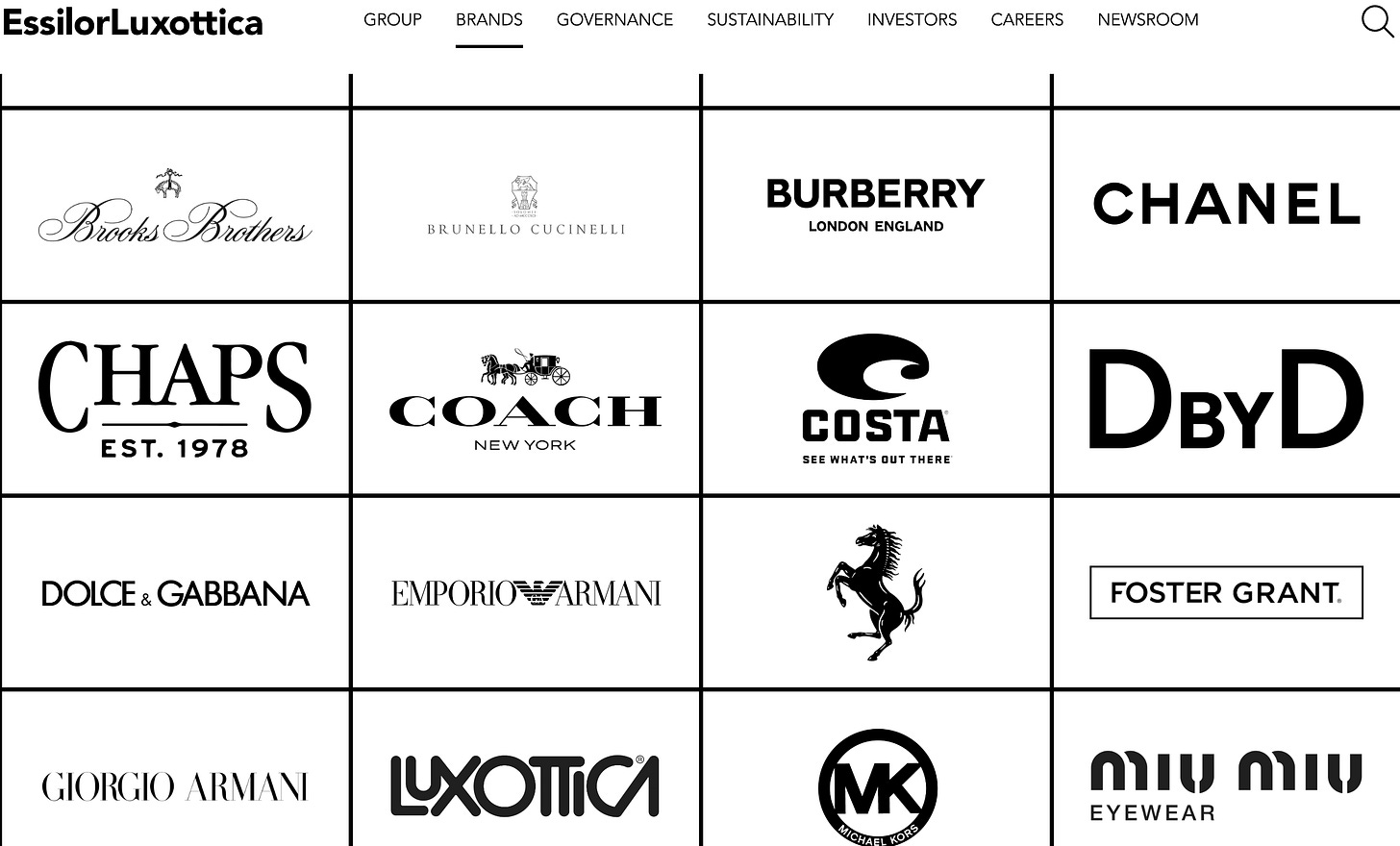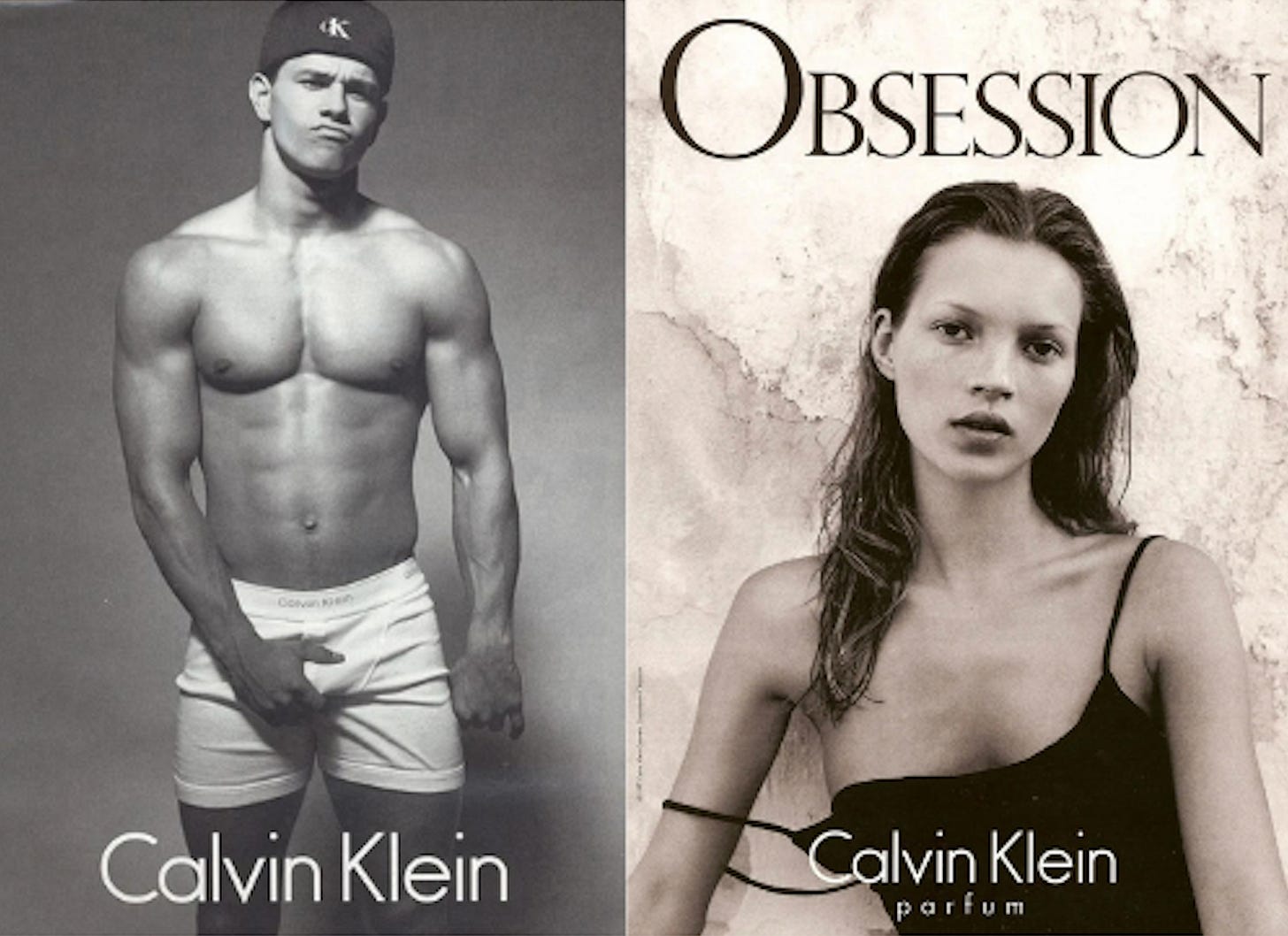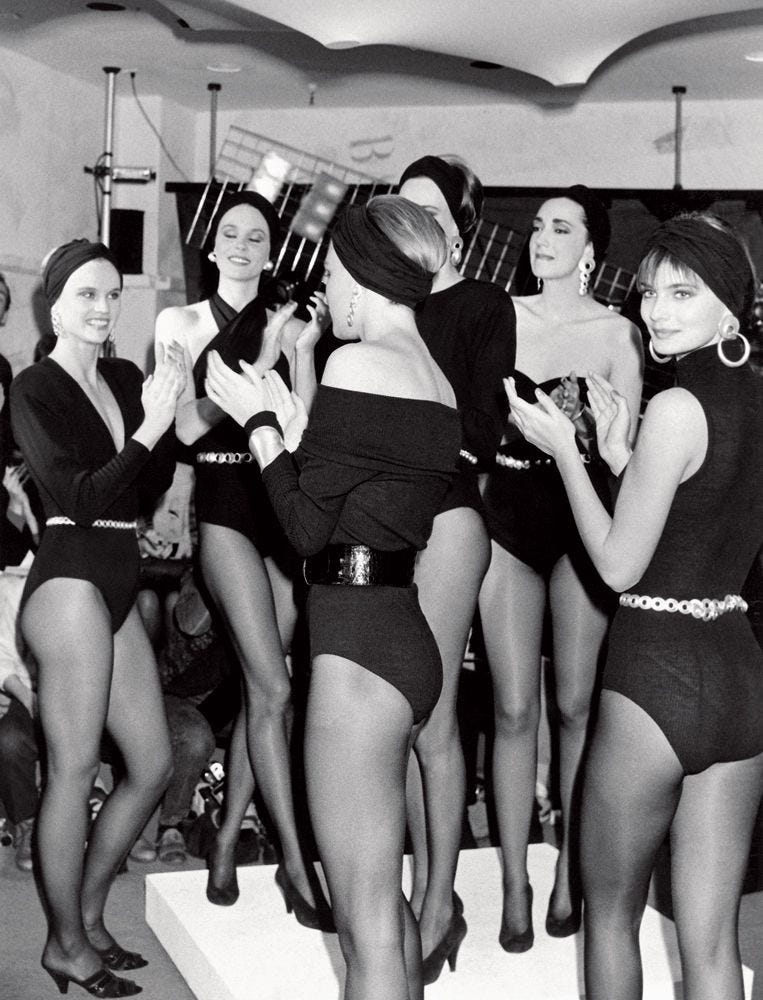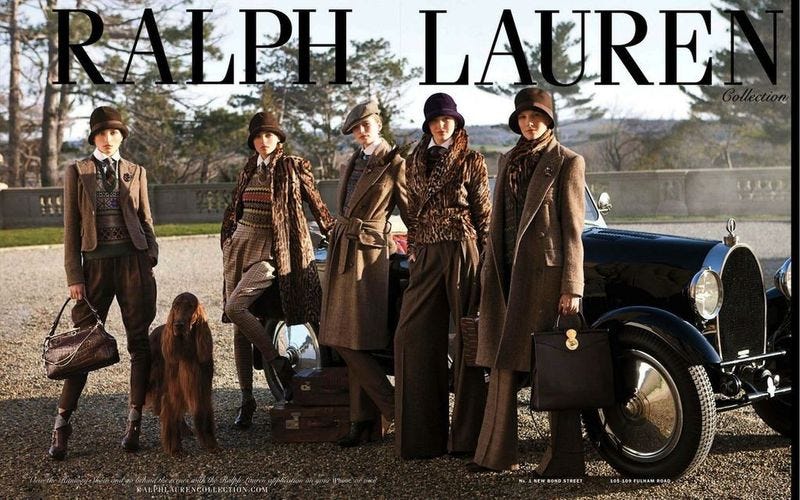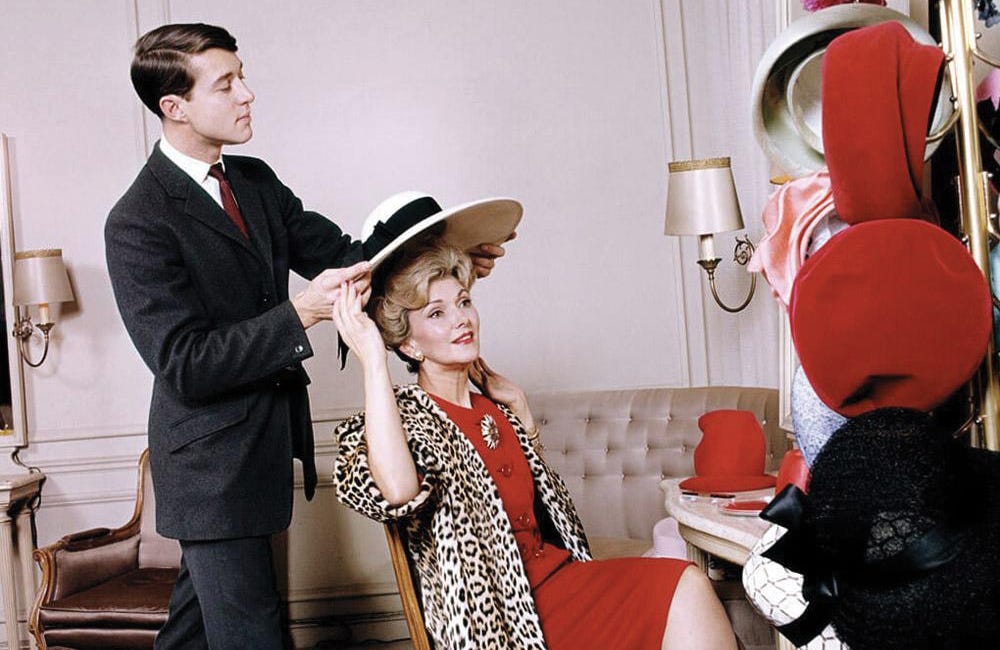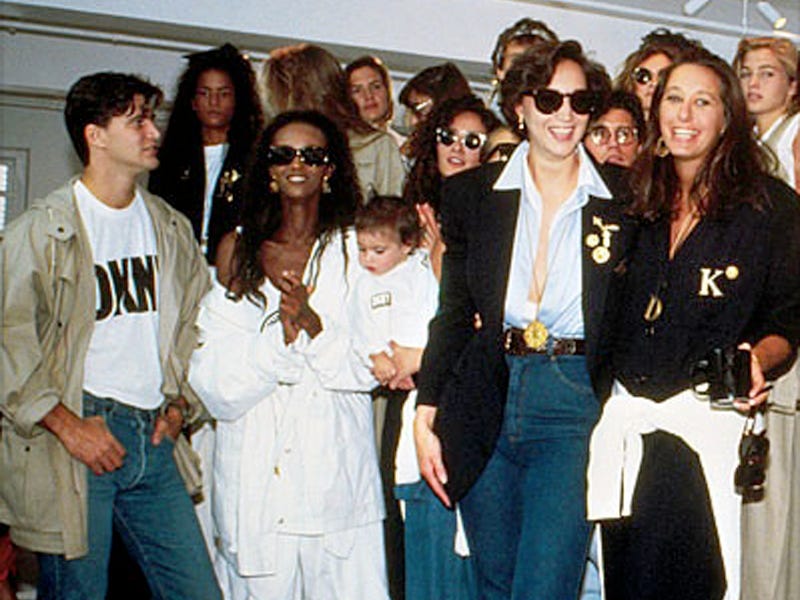By Sarah Dean, Couture Counsel
Greetings, fashionistas! Delve with me into the opulent universe of fashion law — where creativity meets intellectual property. Today, we’re peeling back the shimmering curtain on the perplexing dance of fashion licensing and distribution.
Unraveling the Threads: A Fashion Lexicon
Imagine a designer saying, "My brand, my vision, your expertise – let's create magic!" That, in essence, is fashion licensing. Designers partner with other companies who craft products infused with their signature touch, receiving a royalty or upfront payment in return. Think of it as lending your name and style to a wider audience, similar to a designer fragrance or a luxury handbag collaboration.
Distribution, on the other hand, is the journey that takes a designer's masterpiece from runway to retail shelves. Imagine the magic wand that ensures Cinderella's glass slipper reaches every corner of the kingdom – that's distribution!
Why Do Designers Partner Up?
Now, why would a designer, brimming with talent, lend their name?
Even the most talented designers face challenges. High-quality materials, production costs, and runway shows can be daunting. Licensing offers several benefits:
Financial Security: A steady income stream, without the production headaches, can be a lifesaver.
Brand Expansion: Enter entirely new markets – imagine a renowned dressmaker crafting stunning sunglasses!
Global Exposure: Reach a wider audience and elevate your brand profile to new heights.
Beyond the Glitter: Potential Pitfalls of Licensing
Like any venture, licensing has its risks:
Brand Dilution: Mass production can compromise exclusivity and dilute the brand's high-fashion appeal.
Overexposure: Too much of a good thing, even luxury, can lose its appeal.
Creative Control: You might relinquish some control over your brand's image and direction.
Contractual Constraints: Fine print can limit your creativity and flexibility. Imagine someone else dictating colors and budgets!
A Cautionary Tale: The Fall of Halston
The iconic Halston serves as a poignant reminder. He soared in the 70s, but succumbed to the allure of licensing, famously partnering with J.C. Penney for mass-produced goods. This move, while aiming for accessibility, alienated high-end stores and ultimately led to the downfall of his empire.
The Halston chronicle is our compass. A beacon, illuminating the rocky shores of licensing, urging caution.
Donna Karan: A Masterclass in Licensing
Donna Karan, a powerhouse in the fashion industry, founded her brand in 1984. With her innovative "Seven Easy Pieces," she sought to dress the modern woman in stylish yet functional attire, capturing the essence of New York with every design.
DKNY: In 1989, Donna Karan introduced DKNY, a more affordable and youth-centric line. While the core Donna Karan brand catered to luxury clients, DKNY targeted the urban, younger demographic. This wasn't just another line; it was a calculated expansion that captured a new market without compromising her core brand's essence.
The Secret Ingredient: Protecting Your Brand Identity
When Donna Karan co-founded her company with her late husband Stephan Weiss in 1984, they established 'Gabriele’s Studio'—named after Donna Karan's first name. This entity held the trademark rights to the "Donna Karan" name. The structure was strategic, ensuring that while the company could engage in licensing deals or partnerships, the control over the name and brand essence always remained closely guarded.
Karan's foresight in establishing "Gabriele's Studio" to hold the trademark rights to her name is key. This ensured control over her brand's direction, even when partnering with others. This contrasts with Halston, who lost control and ultimately, his brand's identity.
Lessons Learned: Building a Licensing Legacy
Both Halston and Karan ventured into licensing, but with vastly different outcomes. Here's what modern designers can glean:
Maintain Brand Integrity: Don't compromise your core values or dilute your luxury image for short-term gains.
Choose Partners Wisely: Align yourself with companies that complement your brand and elevate its image.
Retain Some Control: Negotiate terms that ensure your voice is heard in crucial decisions about brand presentation and product quality.
Diversify Thoughtfully: Expansion should be a natural progression, not a deviation from your core values.
Deeper Diver: Building a Licensing Legacy
Maintain Brand Integrity:
Halston's Downfall: Halston inked a deal with J.C. Penney, which aimed to produce affordable versions of his luxury products. While democratizing fashion is commendable, this move wasn't well-received by high-end stores like Bergdorf Goodman, which subsequently dropped his line. The brand's luxury appeal was diluted.
Donna Karan's Strategy: She meticulously differentiated between her luxury Donna Karan brand and the more affordable DKNY. Each had a distinct target audience, positioning, and pricing strategy, ensuring that the core brand's luxury essence remained untouched.
2. Strategic Partnership Choices:
Halston's Haste: Halston's choice to partner with a mid-tier department store was seen as a mismatch with his luxury brand image.
Donna Karan’s Cohesiveness: She partnered with companies that complemented and elevated her brand. Collaborations with giants like Estée Lauder for fragrances ensured the products were of premium quality and consistent with the brand's ethos.
Retain Some Control:
Halston's Mistake: Halston sold his name and lost significant control over the brand's direction. This led to decisions that weren't aligned with his initial vision.
Donna Karan’s Control: Even as she ventured into various licensing agreements, she maintained a degree of oversight and input over how the products were marketed and presented, ensuring that they resonated with her brand vision.
Diversify Thoughtfully:
Halston's Oversight: Diversifying into various product lines without a cohesive strategy can confuse consumers about what the brand stands for.
Donna Karan Method: Donna Karan launched DKNY to strategically reach a younger, urban audience without compromising the luxury of her primary label. Each line had a distinct voice, ensuring successful diversification without brand confusion. All her ventures, from clothing to fragrances, consistently reflected her brand's core philosophy.
Tips for Designers Considering Licensing
Tips for Aspiring Designers:
Align with Your Brand: Every decision should resonate with your brand identity and ethos.
Do Your Research: Choose partners with a proven track record and values aligned with yours.
Maintain Control: Secure your interests with a well-crafted contract that protects your creative vision.
Evolve, Don't Dilute: Diversify strategically to reach new audiences without compromising your brand's core message.
Remember: By learning from the past, designers can navigate the licensing landscape with confidence, safeguarding their brand's legacy and achieving long-term success in the ever-evolving world of fashion.
Want More Fashion Law Tea?
Dive deeper with the documentary "Halston" (2019) or explore the story of Paul Poiret, a pioneer in fashion licensing. Until next time, keep those dreams alive and your runway ambitions soaring!
Until next time, keep those heels high and ambitions higher!





